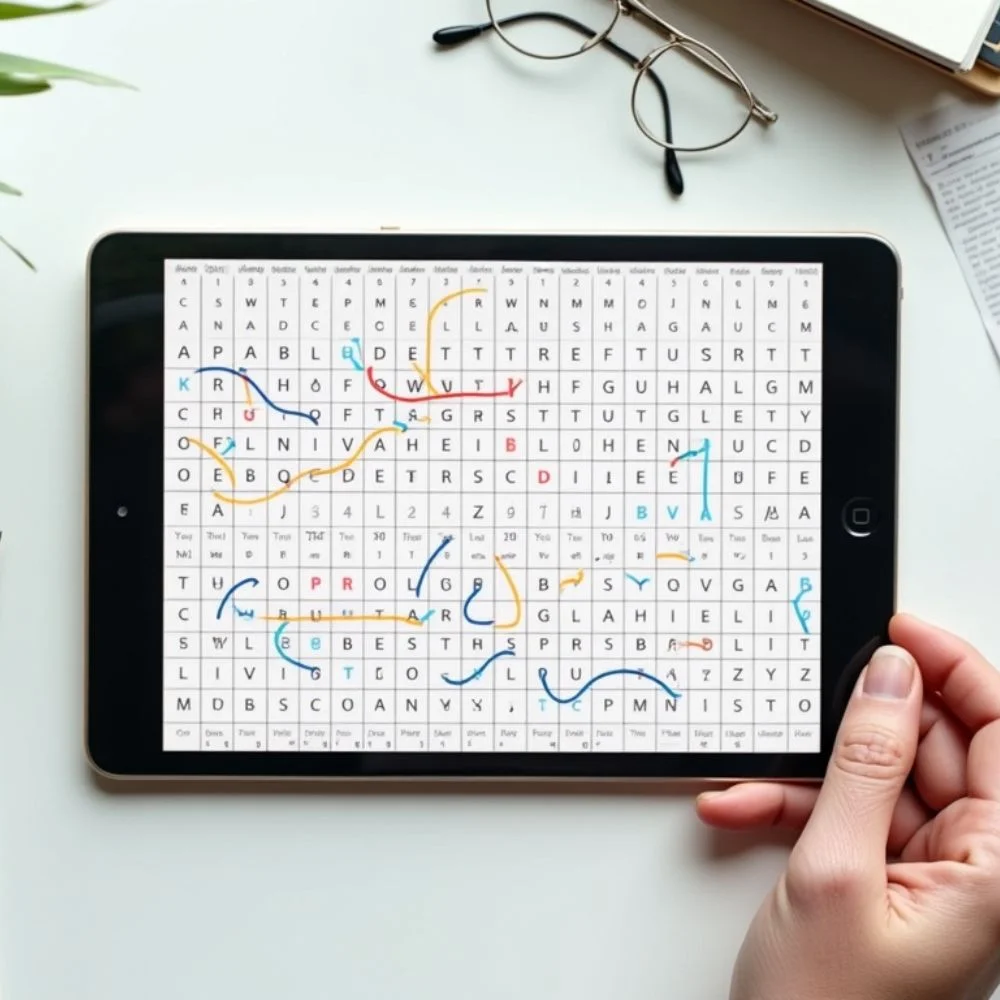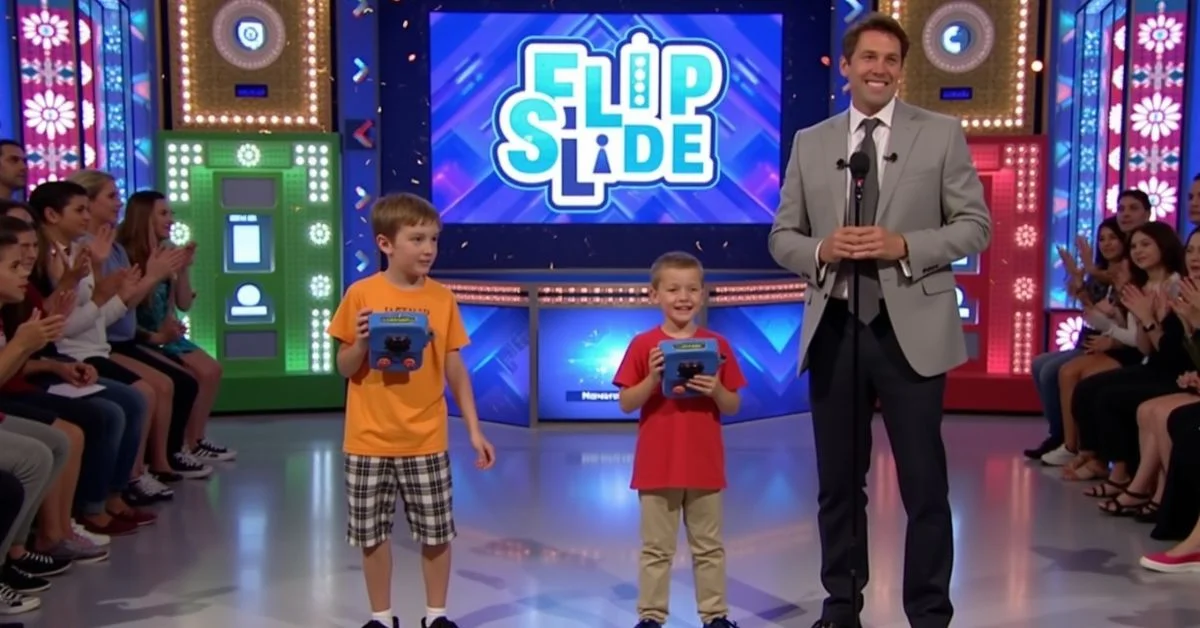Table of Contents
NYT Mini Crossword
New York Times Strands is quickly becoming one of the most beloved daily word puzzle games. It combines elements of Spelling Bee. Connections and classic crosswords challenge players to seek out themed words on a letter grid. Discover a central Spangram, a long word that touches both sides of the board.
What Is NYT Strands?
Strands presents a grid, usually 6 rows by 8 columns, filled with letters. Each day comes with a theme hint, often just the title. Within that grid:
- The puzzle hides theme words that share a common meaning, based on the daily theme (e.g., “architecture” includes related building styles).
- A single Spangram, a long word or phrase, runs across two opposite edges of the grid. Solving the Spangram is key.
- You earn in-game hints by discovering any three non-theme words (usually four letters or more).
Strands encourages both theme awareness and pattern-finding skills as you explore pathways horizontally, vertically, and diagonally.
Daily Puzzle Walkthrough
Example: June 11, 2025 – “If You Build It…”
The New York Times Strands puzzle for June 11, 2025, came with the theme “If you build it…”. A clever nod to construction and design. Here’s how the puzzle played out:
Spangram Solution: ARCHITECTURE
Theme Words (Architecture Styles):
- Classical
- Brutalist
- Baroque
- Deco
- Revival
Step-by-Step Strategy
1: Understand the Theme
- The title hinted at building and design.
- This pointed toward architectural styles.
2: Spot Obvious Words
- Short, recognizable words like DECO or BAROQUE can be easy wins.
- These help confirm your initial hunch about the theme.
3: Solve the Spangram
- Find a long word connecting both sides, ARCHITECTURE in this case.
- This locks in the puzzle’s central idea.
4: Fill in the Remaining Words
- Use what you know about the theme to identify other styles or related terms.
- Look for unusual patterns or prefixes like “Classi-” or “Brut-“.

Core Strategy: How to Dominate Strands?
1. Read the Title Carefully
The title is your first and most important clue. It often directly hints at the puzzle’s theme. For instance, the title “If you build it…” quickly leads your thinking toward architecture and design. Similarly, a title like “Mind your manners” steers you in the direction of etiquette-related words. Always pause to interpret the title before diving in.
2. Begin in the Corners
Start your search in the corners of the board. Corner letters have fewer connection paths—typically just two or three directions, making them less overwhelming. Many experienced players use this tactic to find easier words and gain quick momentum early in the game.
3. Trigger Hints Early
Connecting any three valid non-theme words will activate a hint. These hints highlight one of the undiscovered theme words on the board, helping narrow your focus. It’s a powerful method for confirming the puzzle’s direction and revealing tricky terms early.
4. Hunt the Spangram
After identifying a few theme words, it’s time to search for the Spangram. This long word connects the left and right edges of the board and encapsulates the overall theme. Finding the Spangram can unlock the puzzle’s logic and guide the remaining search.
5. Fill in the Rest
Use the positions of known theme words and the Spangram to identify smaller or related terms. At this point, the puzzle becomes easier as the connections start to reveal themselves naturally.
Common Pitfalls & How to Avoid Them
Even experienced solvers stumble sometimes. Here’s what trips people up and how to stay ahead:
- Ignoring the title: misses obvious thematic cues.
- Overthinking without hints: Sticklers often get stuck; early hints help.
- Diagonal misunderstanding: letters connect in eight directions; check all.
- Focusing only on Spangram: don’t forget the supporting theme words.
- Neglecting corners: central letters are overwhelming early on.
Building Daily Hints Workflow
Make hint-triggering part of your routine:
- Quickly scan for 3+ generic words (4+ letters) anywhere.
- Earn one free theme word highlight per hint (up to two?).
- Use each hint strategically, start with high-connectivity areas, or the central board.
- Use hint results to confirm the theme and reduce the search space.
A solid habit of triggering two hints early can unlock most theme components.
Daily Routine Cheatsheet
- Step 1: Read the title.
- Step 2: Look at corners for manageable word starts.
- Step 3: Find 3 filler words and trigger hint(s).
- Step 4: Spot a couple of theme words from hints/title.
- Step 5: Identify Spangram across sides.
- Step 6: Complete the remaining theme words.
- Step 7: Check off any small fillers/unused letters.
- Step 8: Avoid spoilers while solving sequence matters.
Why Players Love Strands?
- Depth & variety: Themes shift daily from architecture to animals to mythology.
- Exploration: Freedom to trace words in any direction.
- Flexibility: Hints allow beginners a helpful nudge; experts chase clean solves.
- Replayability: Themes are broad no two puzzles feel the same.
Tips for Beginners
- Don’t worry about solving every puzzle perfectly right away.
- Use hints liberally to get comfortable.
- Focus on the title + theme words first.
- Explore all connection directions.
Learn frequently encountered Spangram formats (e.g., “architecture,” “bepolite”).
FAQ
Q: Can letters be reused?
A: No. Each letter tile can be used only once per word path, though diagonal crossing is allowed
Q: How many hints per puzzle?
A: Usually two (earned for 3 + 3 generic words). These help, but aren’t mandatory
Q: Where is the Spangram positioned?
A: It always touches opposite board edges, either horizontal or vertical.
Q: When should I avoid hints?
A: Once theme and Spangram are clear, hints are usually unnecessary.
Final Thoughts
NYT Strands is more than just a daily puzzle’s a wordy adventure that sharpens your mind, rewards. Observation and offers satisfying “Aha!” moments each day. By following a structured approach, scan, hint, theme, Spangram, and finish, you’ll grow faster and enjoy the ride.
Related Topic: Effective Strategies and Tips for Playing Wordle








